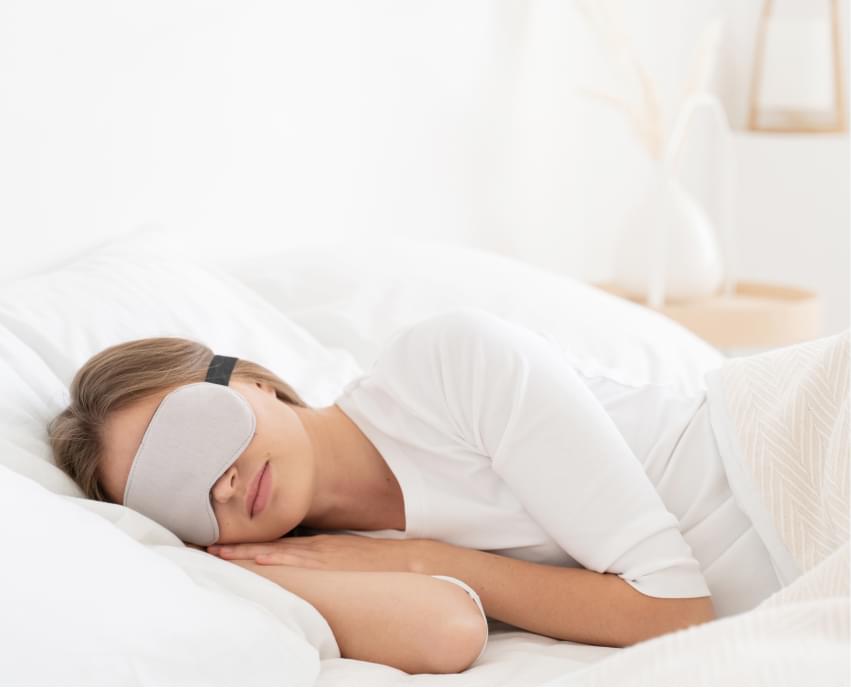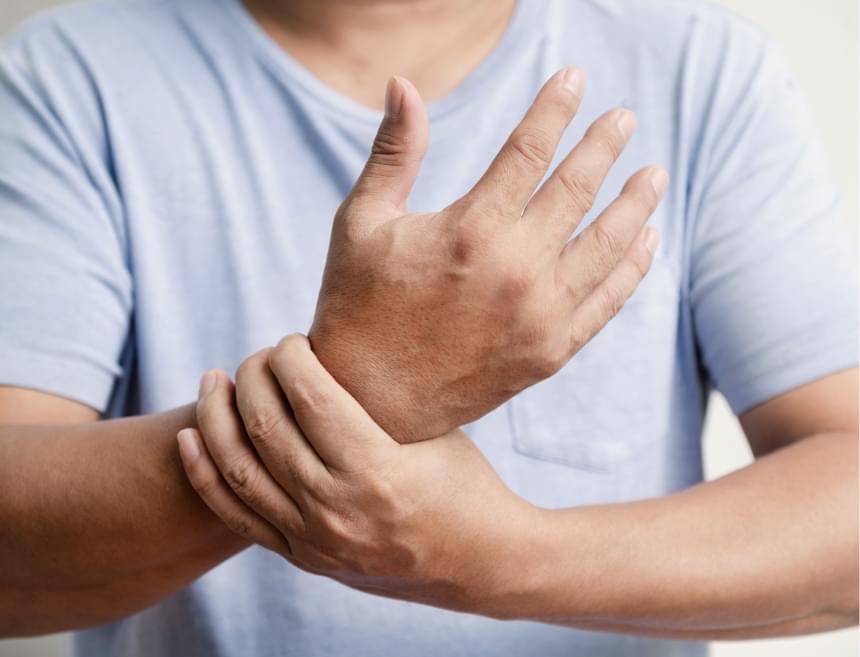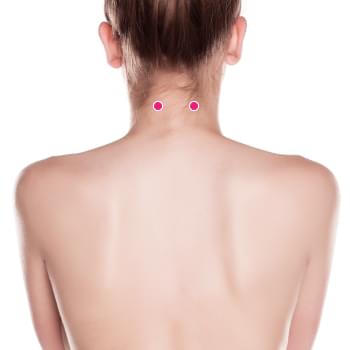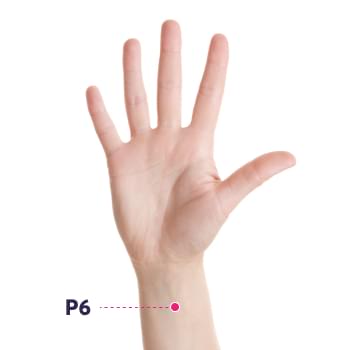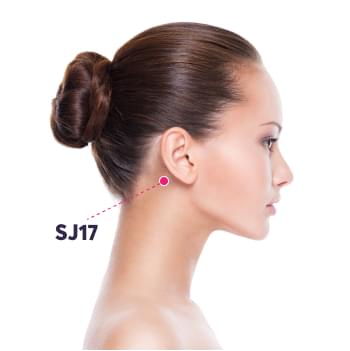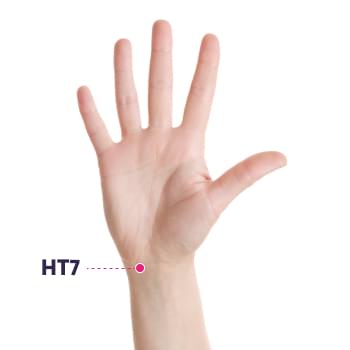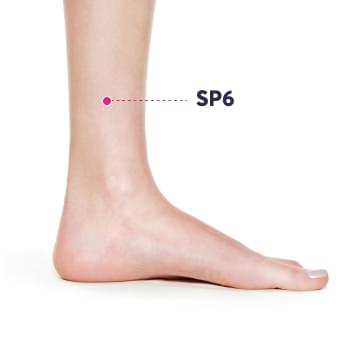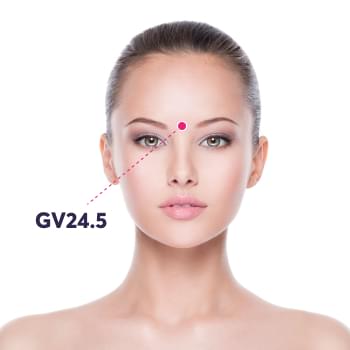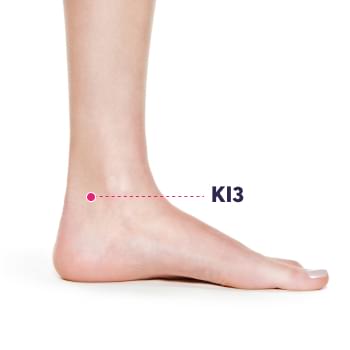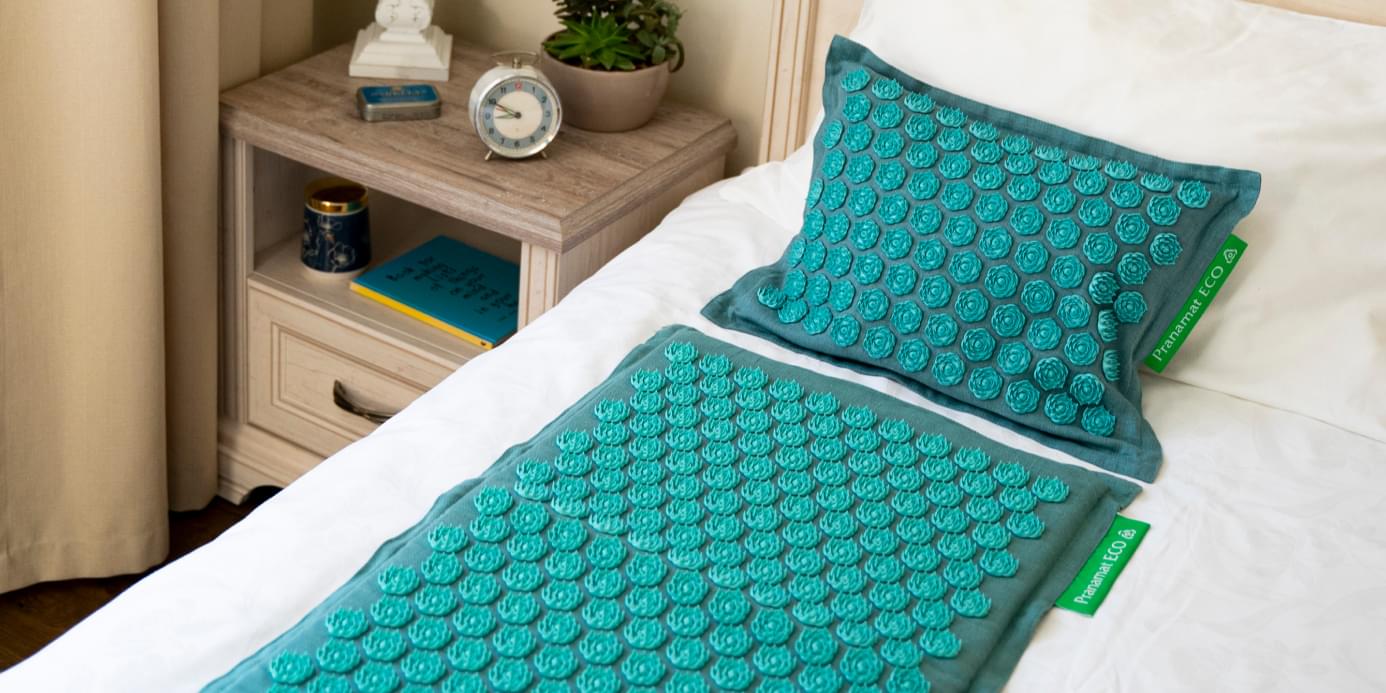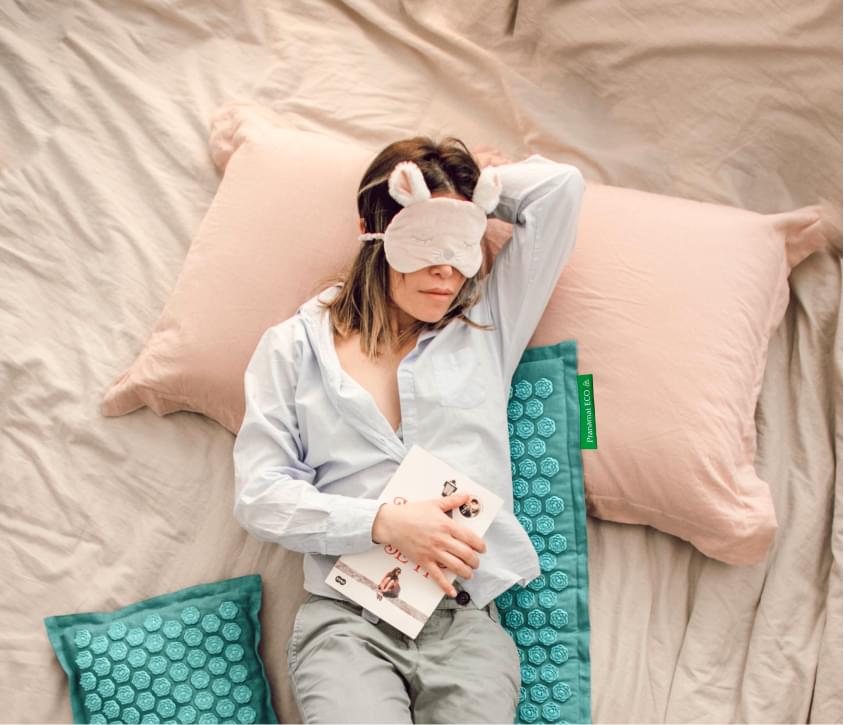Taixi (KDT)
The Taixi, or KD 3, point is located just above the heel of the foot. To locate
this point, start from the sole, then point the fingers upward, then inward
toward the bony prominence of the ankle. The point is in the small deep between
tendons before the ankle ball.
- Locate the point using the thumb or index finger.
- Apply gentle but consistent pressure to that point.
- Repeat the procedure on the opposite foot.
It is believed the Taixi can be used to treat insomnia. A 2014 study found that
stimulating the Taixi, or KD 3 point, and the HT 7 point improved the sleep
quality of adults with hypertension. It also lowered their blood pressure.
Another condition that can be improved by stimulating the Taixi or KD 3 is
narcolepsy or excessive sleepiness during the day. A sufferer of this condition
will fall asleep during inappropriate times due to the failure of the brain to
regulate the sleep pattern.
